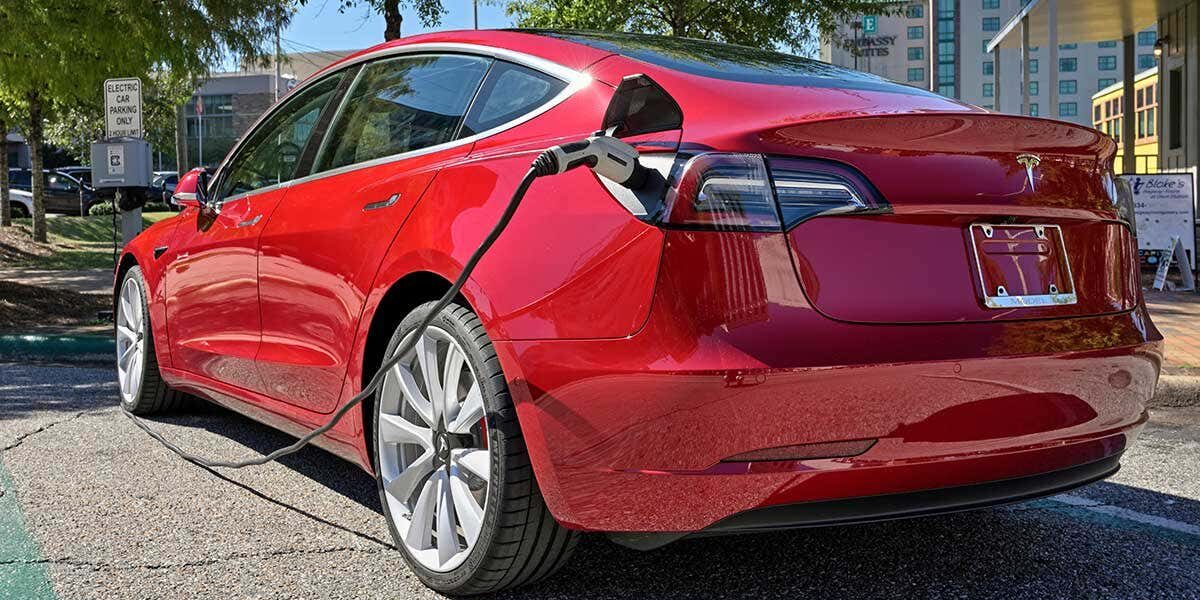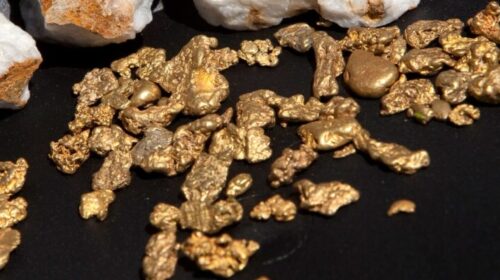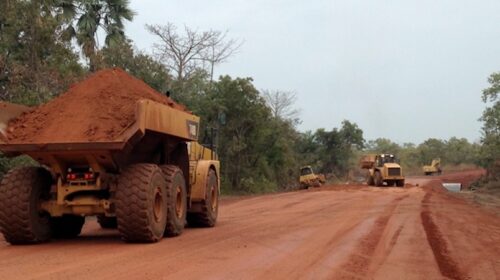Cobalt outlook bullish through 2022 and beyond, ERG CEO says
The situation in the global cobalt market is such that prices could climb to new highs through 2022 and beyond, according to the chief executive officer of diversified mining company Eurasian Resources Group (ERG).
Benedikt Sobotka said that the surging price of the metal, which rose by 119% in 2021, was giving a very clear message: the market is severely short of cobalt, a key ingredient in the batteries that power electric vehicles (EVs).
There were no discernible signs of any fundamental easing, he said, and prices remained on an upward trajectory while consumers struggle to secure the few available spot units – a situation that will persist, in his opinion. Fastmarkets assessed the price of cobalt, standard grade, in-whs Rotterdam, at $34.20-34.60 per tonne on Thursday January 27 This was up from $18.50-19.30 per tonne on the corresponding date last year.
“While it seems ‘obvious’ to us today that much of the tightness is underscored by stellar demand growth from the EV segment,” Sobotka said, “just a year ago, most of us would have sniggered with disbelief at the prospect of EV sales more than doubling in 2021. “Yet it is now a reality, and the pace of EV adoption shows few signs of losing momentum, being supported by the global transition to a greener future,” he said.
“We firmly believe that future EV sales will continue to exceed analysts’ expectations, driven by governments’ ambitious adoption goals and manufacturers’ aggressive sales targets,” he added. Based on these announcements alone, ERG forecasts that EV sales should account for more than half of the automotive market by 2030, far exceeding consensual estimates of around 30%. Sobotka noted that the use of cobalt-bearing lithium-ion batteries is bourgeoning across a spectrum of end-use sectors, from mobile electronics to e-mobility and battery energy storage systems.
“Even demand from traditional cobalt metal end-use sectors, which account for around one-quarter of overall consumption, looks set to undergo a boom this year, spurred by the recovery of the aerospace sector,” he said. But according to Sobotka, cobalt supply was increasingly unable to keep pace with demand. “The underlying reason behind this is straightforward: while giga-factories pop up at record speeds, developing industrial-scale mines still takes 10-15 years on average,” he said.
“Importantly, downside risks surround the timely commissioning and ramping-up of many existing projects, in view of global shortages of mining equipment and the adoption of the historically troublesome high-pressure acid-leach technology at numerous mine projects in Indonesia,” he added. He also noted that the movement and availability of cobalt raw materials continued to be subject to logistics disruptions, which were likely to persist throughout this year. Another factor affecting supply was that cobalt production is largely based in the Democratic Republic of Congo.
The African nation is the world’s largest producer of cobalt but it has had to confront continuing concerns about the health and safety of mining operations as well as the use of child labor at artisanal mines. In turn, this has led the automotive sector in particular to turn away from the use of cobalt in batteries where possible, in an effort to reduce carmakers’ exposure to potentially irresponsible production methods.
Sobotka pointed to growing consumer scrutiny of the cobalt supply chain, facilitated by tracing solutions and government efforts to introduce stronger controls to the sector.
Sobotka is co-chair of the Global Battery Alliance, a public-private collaboration platform founded in 2017 at the World Economic Forum to help establish a sustainable battery value chain by 2030.
ERG is the world’s largest high-carbon ferrochrome producer by chrome content, and among the major cobalt producers.
It is also a large producer of copper, the only producer of high-grade aluminium in the Republic of Kazakhstan, and one of the largest suppliers of alumina and iron ore in Eurasia.
![]()





